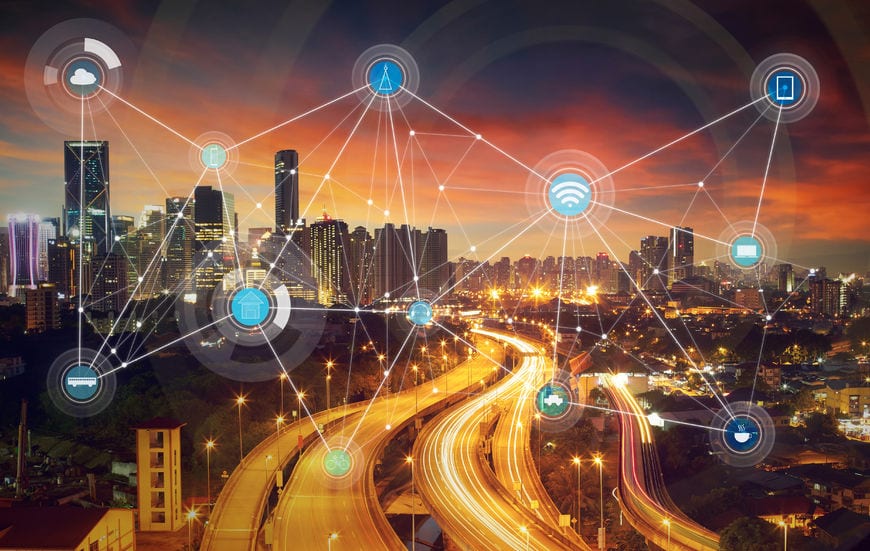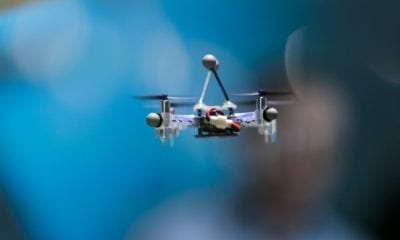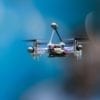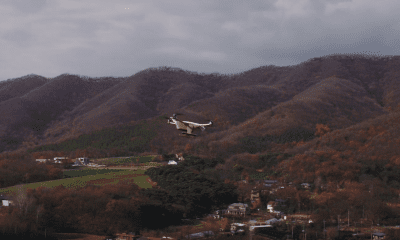
News
5G and Drones
Nowadays, 5G applications are the key drivers of the evolution of today’s network and cloud architecture. In times when there are many different challenges of this technology – such as latency, reliability or capacity – controlling the technology and infrastructure is an emerging issue.
However, the use of indoor and outdoor drones seems to be a great way to potentially apply the 5G network with significant importance. In times when every single technology addresses network softwarization, drones can be the best way to create and provision such services. Today, we are talking about the use of drones in 5G wireless technology – and their long range commercial drone control possibilities.
“The Highway in The Sky”
The development of ultra-reliable and low-latency 5G networks that would allow accurate communication with self-driving cars has already been a topic for many technology experts. One of them is Dr. Harita Joshi of the University of Warwick, who spoke to Telecom TV about the development of such technology.
Joshi used the term “the highway in the sky” to describe the perks of a technology that will be ultra-connected and achieve end-to-end latency of 15 milliseconds. The 5G drones, as such, would be able to make handovers between towers shared with the normal cell phone users.
Commercial Long Range Drone Control is in (Deep) Development
This form of drone technology linking to 5G networks is already developed. One example for this is Google’s Alphabet project – which has been working on numerous ways to deliver mobile connectivity from the air.
After buying Titan Aerospace and turning it into Project Skybender, Google proved that they are working on a 5G technology that would launch a fleet of lightweight and solar-powered drones that would fly in the upper atmosphere for up to 90 days, being significantly potential for a technology of the caliber of 5G.
Even though Alphabet abandoned Skybender in 2016 to concentrate on the use of balloons through their Project Loon, there have been many similar initiatives to bring the potential benefits of drones used as ‘ambassadors’ of the 5G network.
The End-Goal for Long-Range Commercial Drone Control
In the end, the main goal of this technology is obvious – we don’t want drones falling from the sky.
This is why regulation is still necessary – and why the FAA has restricted drone usage to Visual Line of Sight (VLOS) in the US. However, since 2016, there have been many Extended Visual Line of Sight (EVLOS) operations which bring in extra hope for technologies like these and big players in the industry.
Still, for Beyond Visual Line of Sight (BVLOS) control of drones, today’s operators need something more for long-range commercial drone control. This is why industry leaders and manufacturers must work directly with telecom providers – to develop, maintain and sustain the 5G network – potentially carried out by drones.

























